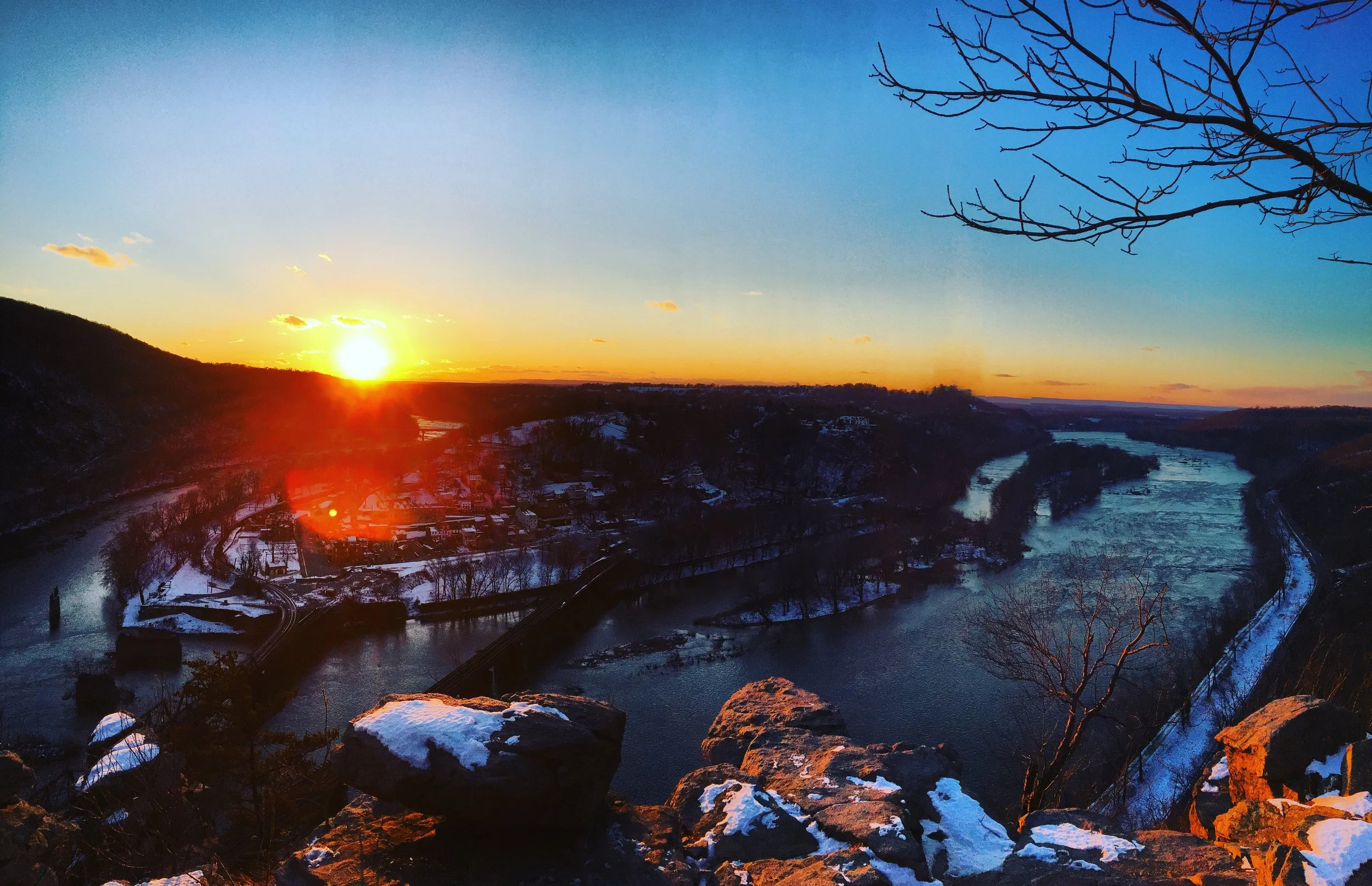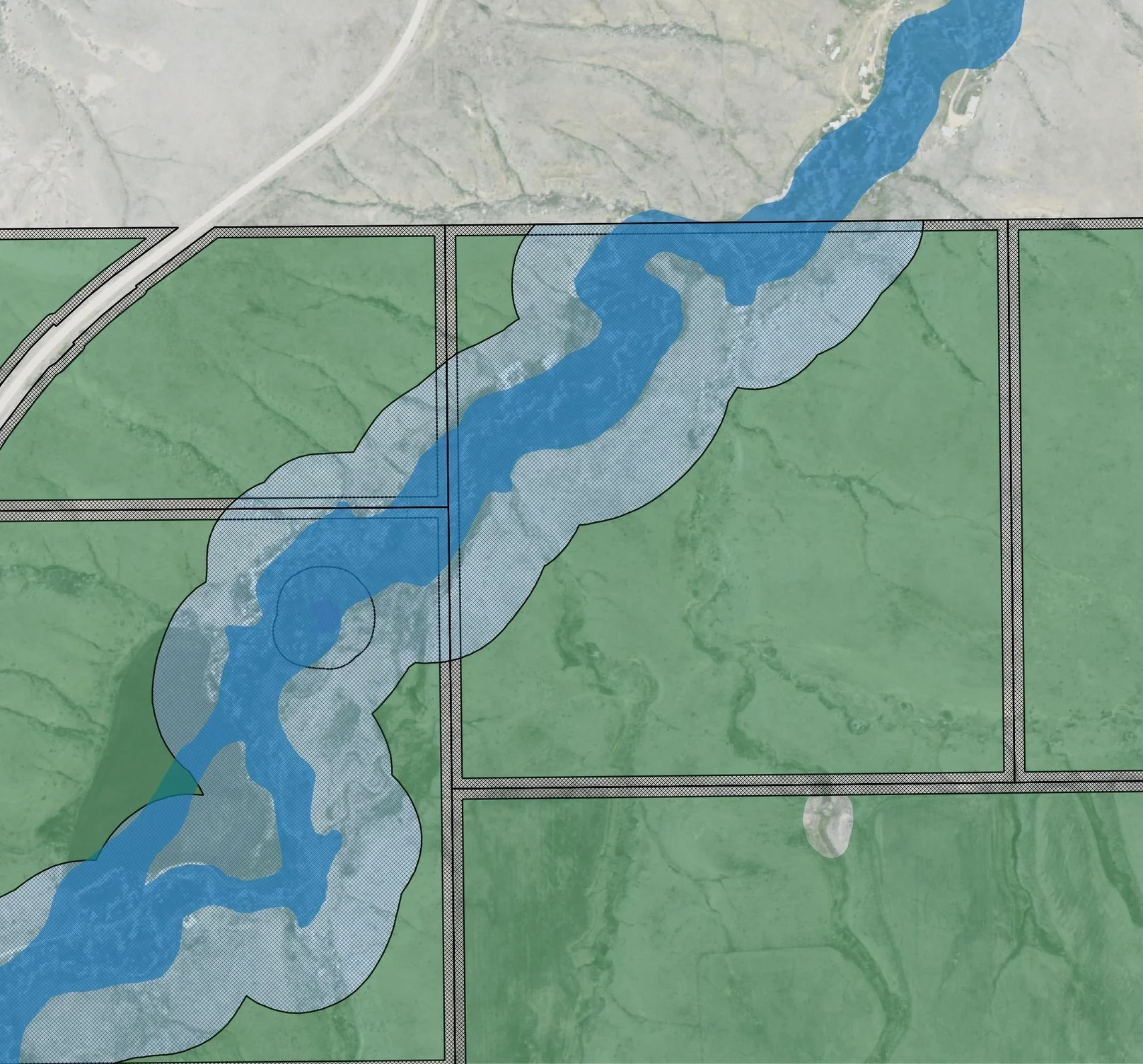The good news for struggling communities across Appalachia is that they don't need to reinvent the wheel. Old mining communities in the Southwest have successfully diversified their regional and local economy centered around outdoor recreation.
When we think of Moab, UT, gateway to Canyonlands and Arches National Park immediately come to mind. We also think of the world class mountain bike trails along Porcupine Rim and rafting sections of the mighty Colorado River. The area boasts epic 4-wheel driving across the most unique scenery in the American Southwest, too. It is no wonder people refer to Moab as the outdoor adventure capital of the U.S.
But it was not always this way. Moab came of age as a mining town when Vanadium was first discovered in 1912 and, by 1920, the area had produced $2.4 million in uranium. During the early years of the Cold War, demand for uranium skyrocketed and the Town of Moab enjoyed an economic boom until demand for uranium began to subside in the early 1960s. In 1964 the largest mine closed and the mill laid off hundreds of workers. For the next two decades mines continued to close and the unemployment rate hovered around 15 percent. During the same period, the population of Moab decreased by 23 percent. Decades of mining activities also left behind an environmental legacy of superfund sites and contaminated soils along the banks of the Colorado River.
Community leaders began viewing tourism as an economic safety net in the 1970s but it took another ten years before tourism was embraced as the future of Moab. Community development officials invested heavily to support a tourism-based economy and today mining and oil and gas account for three percent of the local labor force. Government agencies charged with land management and the service industry are the regions primary employers. The service industry supports more than 1 million visitors annually.
There are many parallels between Moab, UT, and communities across Appalachia coal country. For generations, coal mining and related industries employed and supported entire communities. But like all mining industries, there were boom and bust cycles and today coal employs 70,000 (compared to 260,000 in the solar industry). Communities are now grappling with high unemployment and shrinking populations. Fortunately, many of these communities are adjacent to public lands or abandoned mine sites with outdoor recreation potential. With a bold vision and proper investments, these communities can embrace conservation and outdoor recreation as a catalyst for economic development similar to Moab in the 1980s. Coal Township, Pennsylvania, has already embraced the outdoor recreation economy by supporting the remediation and conversion of a 6,500 acre mine site into hundreds of miles of trails for hiking, mountain biking, and all-terrain vehicles. The Anthracite Outdoor Adventure Area opened in 2013 and hosts 10,000 visitors annually.
Nationally, $1 out of every $20 in consumer spending goes towards outdoor recreation. A new report published by the Outdoor Industry Association (OIA) estimates the outdoor recreation economy generates $887 billion in consumer spending annually and employs 7.6 million Americans returning $59.2 billion to state and local coffers. The OIA report calculates $10 billion was returned to state and local coffers across Appalachia.
To take full advantage of the outdoor recreation economy, environmental restoration and remediation is an important first step for Appalachian communities. A healthy outdoor recreation industry is dependent on healthy lands and waters. Decades of mining activities across Appalachia left thousands of miles of streams filled in with mine waste, contaminated soil and water supplies with heavy metals, and reshaped the landscape through surface mining. Many communities that stand to benefit from investments in the outdoor recreation economy are also suffering from contaminated drinking water supplies. Environmental remediation will require major investment and can help support communities in the interim. Environmental remediation is a $15 billion industry employing 86,000 across the country. These are good-paying and long-term jobs. Superfund site remediation takes several years to decades to completely remove industrial and chemical contaminants from soils or groundwater. The Moab UMTRA Project began removing and disposing of contaminated soil along the banks of the Colorado River in 2009 and the project is expected to continue until 2032.
Investments in environmental cleanup projects bring multiple benefits including near and long-term economic opportunity, improved water quality and drinking water supplies, and healthy ecosystems to support a thriving outdoor recreation and tourism economy. Fortunately, Appalachia can look to communities in the Southwest for a road map to bring economic and environmental prosperity back to the region.


















